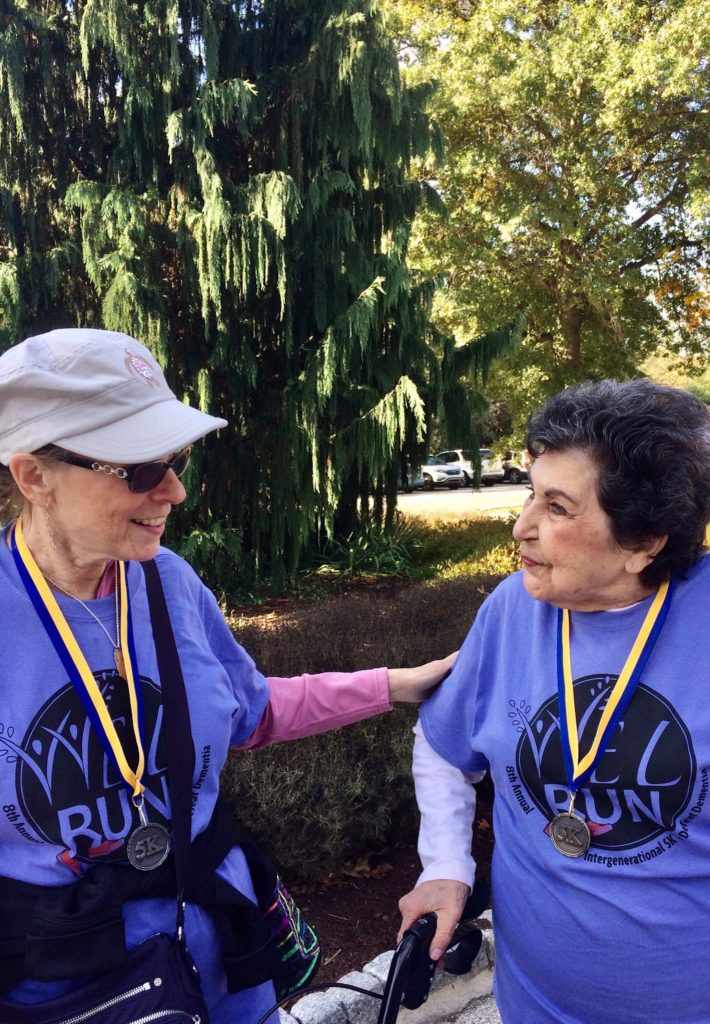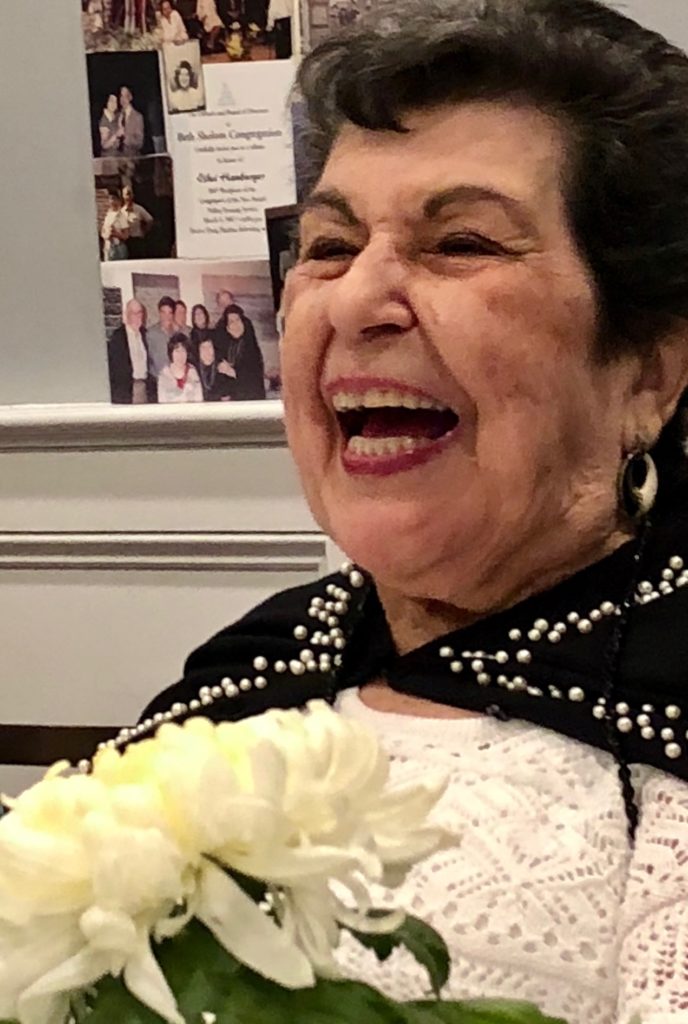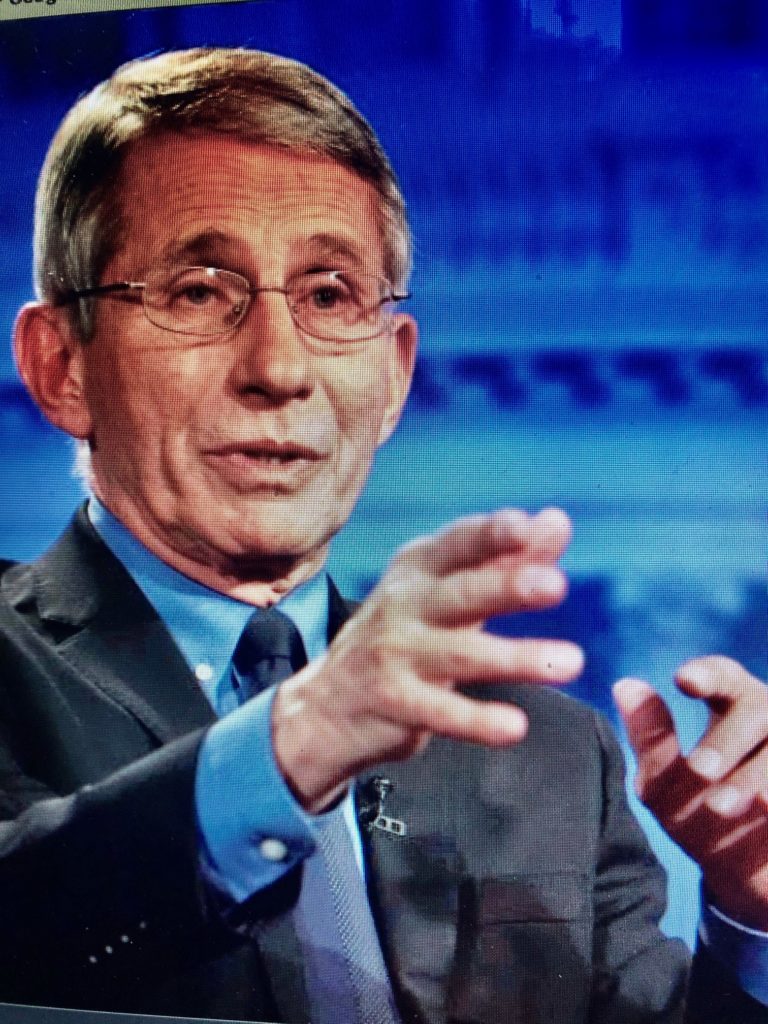
A little less than three years ago, Carol Jacobson Villano and I were walking around downtown San Francisco when my cellphone rang.
The number that appeared was that of our 89-year old cousin, Ethel Hamburger — the matriarch of Carol’s family — calling from Philadelphia.
We were scheduled to see her soon for an annual non-profit fundraiser she organized, coupled with my book tour that would take us up and down the East Coast. Etty had arranged for me to speak about my book at the congregate care facility in which she lived, just outside of Philly. I would be speaking to a group of residents — ages 80 through 100 — who were interested in learning how to write their memoirs. When I saw Etty’s phone number appear, I thought something had happened.
“Hi Etty, it’s Steve. Everything OK?” I asked.
“Yes, yes, everything is fine. How’s Carol and Matthew and his family? ,” she said, always sure to mention the most important things first.
“They are all very well, thanks, Etty. Did you get my book yet? “ I said. We had just mailed her a copy of my own memoir “Tightrope,” out to her, so she could have it in plenty of time for the book reading event she arranged.
“GET IT?” she said, shouting into the phone. “I already READ it. I loved it.”
Etty, who had known me for more than 40 years, went on to say what she liked about the book, and how much she enjoyed the writing and wanted to tell everyone about it.
“But, listen” she said, getting to the point. “We’ve got to market this book. I’ve put together a list of many of the Jewish publications in and around Philadelphia and I think it would be advantageous for you to contact them before you come down here.”
I laughed. “Etty, I love this idea. Plus, I may be the only new author with an 89-year old Jewish grandmother for my press agent.”
Delighted, Etty paused and than corrected me. “Great grandmother,” she said.
It was vintage Ethel Hamburger. Loving and precise; gentle and caring, and always looking to do whatever she could to help. I fell head over heels in love with Etty the first time I was introduced to her, 46 years ago.
Carol and I had just moved down to Washington, DC, one week before Richard Nixon resigned the Presidency. We were barely married two years, knew no one, and were instantly welcomed into the Washington wing of the Jacobson family.
When Rosh Hashanah came the following month, Etty invited us to join her and her husband Irvin, their four children and a few friends and neighbors for the Jewish Holiday. They lived on a quiet, leafy street in Chevy Chase, Maryland, in a big house that never ended, just like their love.
We were given a seat at their table, with the rest of the family and friends, and always felt as if the chairs had been waiting there for us, all along. Although not yet a Jew, I was touched by how warmly Irv and Etty welcomed me, and how patient and understanding they were with my questions and quizzical looks.
I observed closely how comfortably faith fit this family, and how easily their envelope of love was expanded to include all comers. Nothing was a big deal; no one was a stranger. It was my first introduction to a living, thriving, comfortable form of Judaism, and I found it exhilarating.
Over the course of our next year in Washington, Etty’s effervescence made us an essential ingredient to family gatherings, especially after the birth of our son, Matthew. Etty’s children craved cradling this crinkly little cousin, and they were first to offer to babysit, giving us an occasional night out, before “date nights” were a thing.
The following Spring, when our son was less than 6 months old, we moved into a townhouse in Crofton, Maryland during the middle of Passover. Undaunted, Ettie came bearing gifts of Matzoh Ball Soup, to make a special Seder for us in our new home. My mother, a devout Catholic, who was visiting us, joined in Etty’s traveling Passover meal, experiencing generous portions of her caring, joy and ecumenical love. It was a gesture of genuine kindness that my mother talked of with admiration for years, even on her deathbed in 2007 at the age of 92.
A few years later, I began contemplating converting to Judaism. As I studied, I kept visualizing the effortless way Etty & Irv and their warm family ladled out large scoops of love with faith, without condescension nor attempts at conversion. They had taken an ancient religion and culture, and made it contemporary; had perfected a set of precepts into the practical realities of everyday life; had crafted an art-form of family and love, using faith and food, compassion and intelligence, respect and reflection, and taught indelible lessons of life, love and learning.
Etty’s ease of educating and embracing us into their family, were powerful catalysts behind my becoming a Jew, and raising our son in the faith as well. We were the embodiment of musician Paul Simon’s “one and one-half wandering Jews,” and were welcomed into the tent.
Now, more than four decades after Ethel Hamburger expanded her family, and her already big heart, to include Carol, Matthew and me, this beautiful human’s life was claimed by COVID 19.
She lived to reach her 92nd birthday, as my mother did. And, just like my mother, Etty’s indefatigable thirst for life, and generosity with her love took many forms: in her cherubic smile; her schoolgirl innocence; her bright, dancing eyes; her cooking, and teaching, and writing — always writing.
For her 90th birthday in 2018, a book of Etty’s poems — created over many years — was published by her children. The book is packed with photos and stories of family members from every generation, and tales of Etty’s childhood, growing up as a Jacobson outside of Chicago, Illinois.

Entitled “Essentially Etty,” it is a living, breathing 136-page ode to love and life and family, impossible to read without hearing Etty’s lilting and uplifting voice. I’ve read and re-read her poem “Living and Loving” (see below) and each time I do, I see those eyes and that sweet, warm smile, welcoming us into her cozy home, to share life, and love and learning.
I will not live an unloved life
As I will live, I will love.
To have the capabilities of all my senses
To wake up each morning
Ready to experience anew
Whatever life has to offer.
I love to encounter new adventures
I love to be with people
I love the opportunity to help others
To share their joy when personal needs are met.
I love to learn new things,
To expand my knowledge and capabilities.
I love to greet each new oncoming season
The fresh buds and flowers of springtime
The warm sun on my shoulders and walking barefoot at the water’s edge;
The majestic colors of fall
The heavenly beauty after a white snowfall.
We live in a great, magnificent wonderful world
I love being alive.
You still are, Etty; and to me, you’ll always be.



